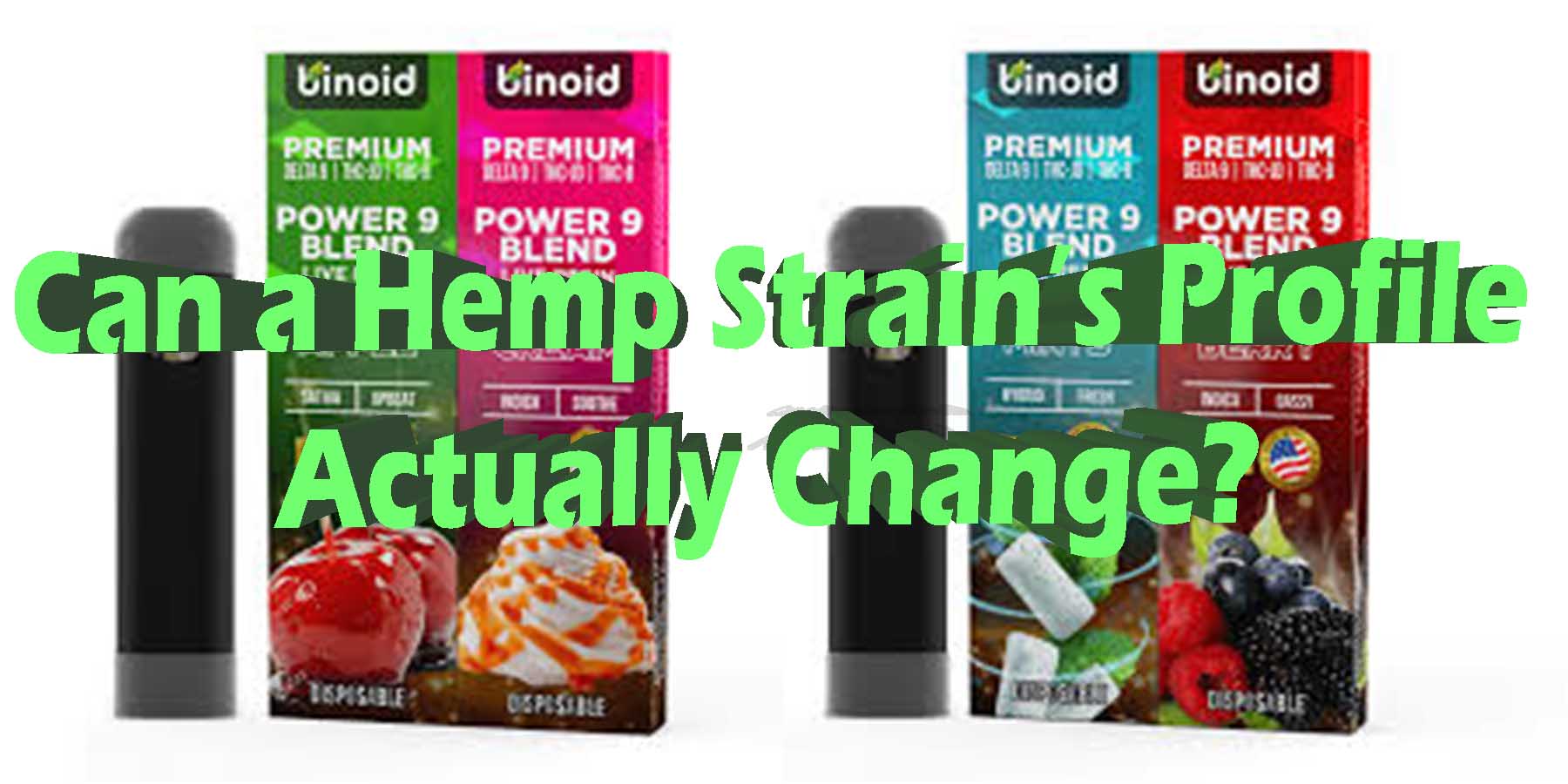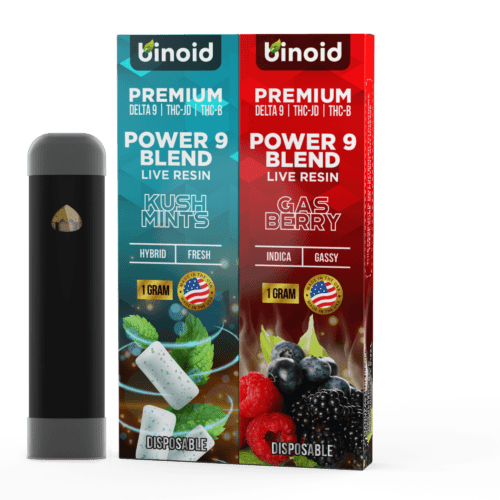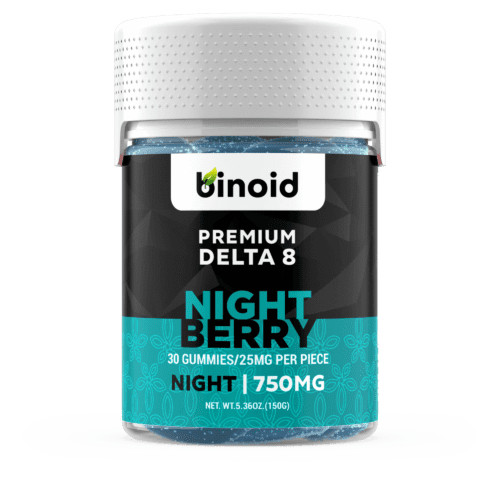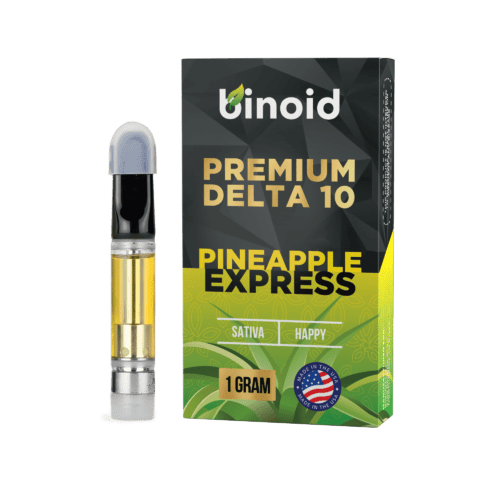It seems as though an influx of hemp enthusiasts are conscious of hemp strains than ever before, seeking out their favorite indica, sativa, and hybrid cultivars to add to their rotation. The world of strains is vast and complex, and just as exciting as it can be intimidating.
One thing that you may notice is how one company advertises a particular strain as, say, an indica-dominant hybrid, and another company advertises it as a sativa-dominant hybrid. The reason is because of inconsistencies in genetics, which starts and ends with the breeder of a hemp cultivar.
TO BUY HEMP PRODUCTS CLICK HERE
The Unpredictable Nature of Cannabinoid Genetics
Breeding is more advanced than ever before, and so we’re seeing a never-ending, ever-growing variety of new strains hitting the market each year. But, breeding two cultivars together to create a new offspring strain is not as straightforward as some may think.
Creating a new strain of hemp requires crossing one strain with another using cross-pollination and fertilization practices. However, when you cross two strains together, that doesn’t mean that you’re going to get a 50/50 split of both parents’ genetics. When two people create a child, that child doesn’t automatically inherit half of each parent’s genetic makeup. Each child conceived by the same set of parents has a distinctive genetic makeup that makes them different from their siblings.
The same rules apply to hemp breeding. Siblings of the same parent are known a phenotypes, and they can vary in their exact terpene profile, which determines the strain. One phenotype may be a 50/50 split, one may have 70% of one parent’s and 30% of the other’s, and so on.
For any popular hemp strain, you’re going to have different breeders around the world replicating it to make it available to consumers. Take, for example, Girl Scout Cookies, a very popular hybrid. Girl Scout Cookies is the result of crossing OG Kush with Durban Poison. A breeder can cross these strains together and end up a perfect split between the two strains, or a phenotype that leans more toward one of the parents than the other.
To determine if the phenotype is an indica or a sativa, the terpene profile is observed. If the strain yields a high amount of the terpene myrcene, it’s indica-dominant. Traditionally, Girl Scout Cookies is 60% indica, 40% sativa according to its original phenotype. But, if the phenotype reproduced by a different breeder yields lower myrcene than the original cultivar, it can end up as something more like a 60% sativa, 40% indica, despite its parents being identical.
And, this is where things get confusing for a lot of strain connoisseurs. They think that they’re getting the same strain they purchased from a different breeder, since it’s labeled as such, but its effects are different because the phenotypes are inconsistent and hard to predict.
A Breeder’s Creative License
Besides the complication that comes with unpredictable breeding, there’s also the creative license that a breeder can take. There’s really very little regulation when it comes to how a breeder can label their strain. In other words, there’s no authority that requires that a strain’s terpene profile exactly matches its original phenotype in order to be labeled as the same cultivar. Going back to our Girl Scout Cookies example, a breeder can get away with crossing Durban Poison with OG Kush and ending up with a sativa-dominant hybrid, and still calling it Girl Scout Cookies. So, naturally, this environment makes it easy for breeders to get lazy, rather than continuing to create new phenotypes until they get one that matches the original strain’s terpene profile.
-
Product on sale
 THCA Diamonds 2500mg – Live Rosin$37.99
THCA Diamonds 2500mg – Live Rosin$37.99$59.99 -
Product on sale
 THC-P Tincture – 1000mg$30.99
THC-P Tincture – 1000mg$30.99$79.99 -
Product on sale
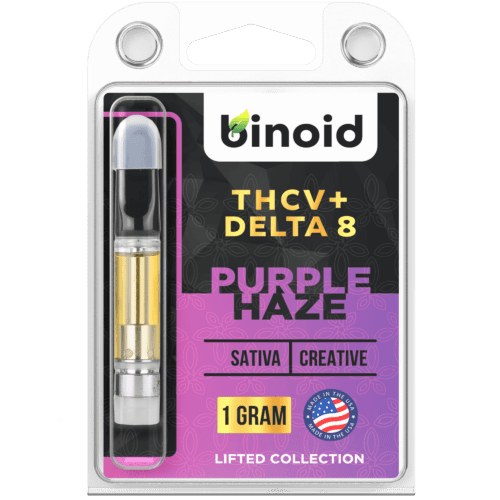 THCV + Delta 8 THC Vape Cartridge – Purple Haze$28.99
THCV + Delta 8 THC Vape Cartridge – Purple Haze$28.99$59.99
How Much it Really Matters to You is Simply Subjective
Essentially, if you find that a specific strain completely satisfies your needs, then you might be a little peeved when you buy the same hemp strain from a different supplier, and its effects are totally different. Other people say that the differences between phenotypes are so subtle that it doesn’t bother them at all.
What we can say is that, as is always the case, who you buy from matters. The less reputable the retailer, the more likely it is that there will be some striking differences between the strain you’re buying from them, and that same strain from its original breeder. That’s because these types of retailers will generally maintain lower standards and be less discerning about the breeders that they’re getting their inventory from.
Also, of course, lab-testing never lies. So, if there is a specific terpene profile that you’re chasing, don’t just look for the name of the strain on a product’s label. Look at the lab report that comes with the hemp product, and then compare the terpene profile in that lab report with the terpene profile of the same strain in its original phenotype form. This way, you’ll know right away if the effects are going to be different from what you are used to.
The Bottom Line
As you can see, the concept of strains is a little more complicated than you may have realized. The bottom line is that most reputable suppliers of hemp products work hard to maintain consistency when it comes to strain phenotypes, like at Binoid, so that customers can count on a product that produces effects consistent with their prior experience with the same strain. And, again, you can always look for the product’s lab report if you want to have a deeper understanding of how accurate the strain being sold really is.
TO BUY HEMP PRODUCTS CLICK HERE
-
Product on sale
 HHC-O Tincture – 1000mg$30.99
HHC-O Tincture – 1000mg$30.99$79.99 -
Product on sale
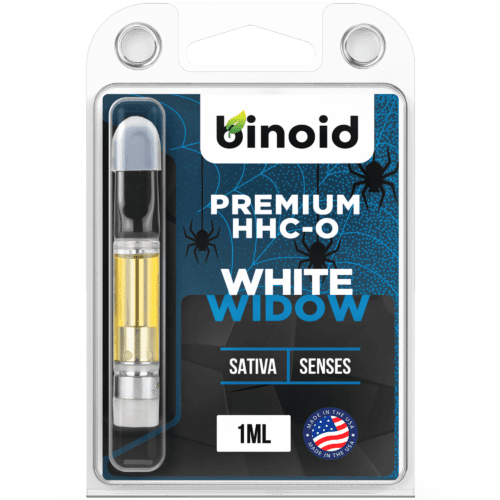 HHC-O Vape Cartridge – White Widow$30.99
HHC-O Vape Cartridge – White Widow$30.99$69.99 -
Product on sale
 HHC Capsules 750MG$30.99
HHC Capsules 750MG$30.99$74.99

